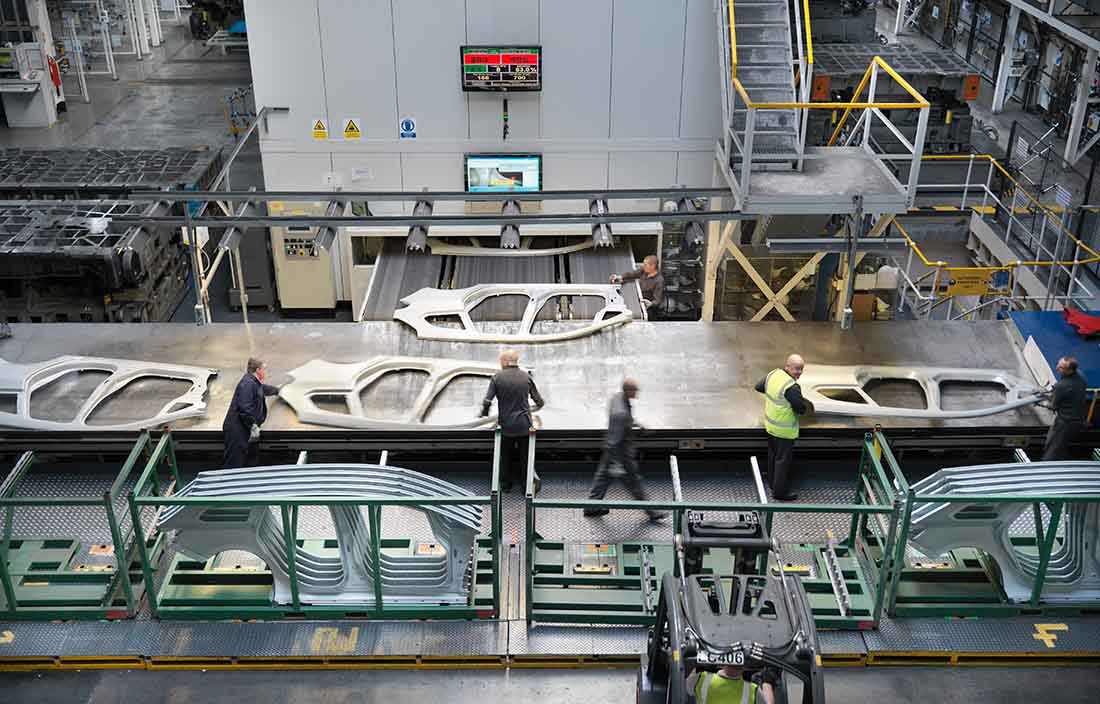The Inflation Reduction Act of 2022 dramatically expanded the available tax credits, tax incentives, and other funding opportunities related to the green energy sector. Several of these are built on previously existing programs, but many are new and widely applicable. The breadth of qualifying activities is significant, including the production of electricity; production of solar, wind, and energy equipment; installation of energy-efficient upgrades to businesses and homes; and the acquisition of electric vehicles (EVs) and charging equipment.
Going further, new monetization options open the benefits of qualifying activities to nonprofits, governments, and other organizations that are tax-exempt. This vast array of new and enhanced options creates opportunities for almost all taxpayers and organizations.
The tax credits and incentives included in the IRA generally took effect at the beginning of 2023. Beyond tax programs, the IRA includes over $100 billion in funding for a vast array of programs, with considerable allocation to the Department of Energy for enhanced grant and loan programs. The combination of tax incentives and broader funding are expected to spur adoption of new energy-efficient technology and equipment while shaping the broader supply chain.
Wondering how the Inflation Reduction Act tax credits, incentives, and monetization options could impact your organization? Our multidisciplined team of tax professionals track the latest developments to keep you informed. Explore more from our tax leaders.














